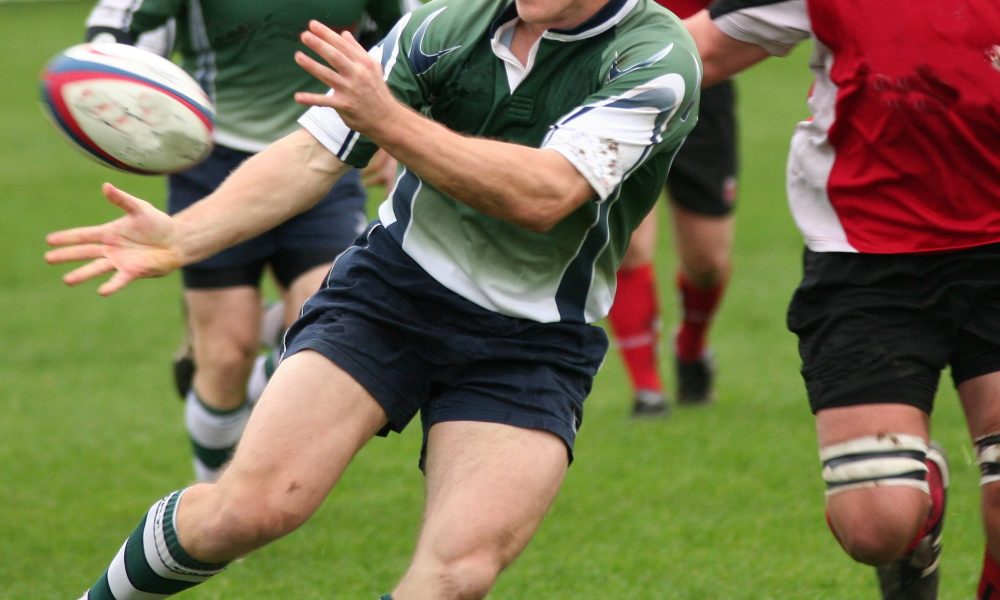
The largest study of CTE to date has found a new link between playing contact sports, chronic traumatic encephalopathy (CTE) and the development of a movement disorder known as parkinsonism.
The study of 481 deceased athletes by researchers at Boston University Chobanian and Avedisian School of Medicine and VA Boston Healthcare reveals that most individuals with CTE developed parkinsonism, and CTE pathology appears to driving the parkinsonism symptoms in most cases.
Parkinsonism is a condition characterised by symptoms similar to Parkinson’s disease such as tremor, abnormal slowness of movements, or abnormal stiffness of one’s arms or legs.
It long has been associated with traumatic brain injury (TBI) and CTE in boxers.
However, the specific pathologies underlying these symptoms in CTE were unknown.
Parkinson’s disease is classically associated with the buildup of proteins called Lewy bodies in brain cells, but researchers found that 76 per cent of individuals with CTE and Parkinsonism did not have Lewy body pathology.
Corresponding author Thor Stein, MD, PhD is associate professor of pathology & laboratory medicine at BU and VA Boston Healthcare, and one of the corresponding authors of the study.
The researcher said: “We were surprised to find that most individuals with CTE and parkinsonism did not have Lewy body pathology.
Rather, subjects with parkinsonism were more likely to have more severe CTE-related brain cell death in a region of the brainstem important for controlling movement.”
CTE is a degenerative brain disease whose only known cause is repetitive head impacts, like those encountered in contact sports.
A 2018 study by the same research team found that duration of contact sports play is associated with and increased odds of developing Lewy body disease.
However, the present study is the first to describe a link between contact sport participation, brainstem pathology, and parkinsonism in CTE.
Daniel Kirsch, an MD/PhD student at BU and one of the first authors of the study, said: “Increased CTE severity has been shown to be associated with longer duration of play.
“In this study, we found that an additional eight years of contact sport play was associated with 50 per cent increased risk of more severe disease in a specific area of the brainstem that controls movement.”
The subjects of the study had donated their brain to the Understanding Neurologic Injury and Traumatic Encephalopathy (UNITE) brain bank.
Those with parkinsonism were compared to those without to identify the types of pathologies that may explain why some individuals with CTE develop these symptoms and to examine relationships with duration of contact sports play.
This study underscores the importance of understanding the long-term effects of repetitive head impacts and the need for preventive measures in contact sports to mitigate the risk of neurodegenerative diseases like CTE and parkinsonism.





